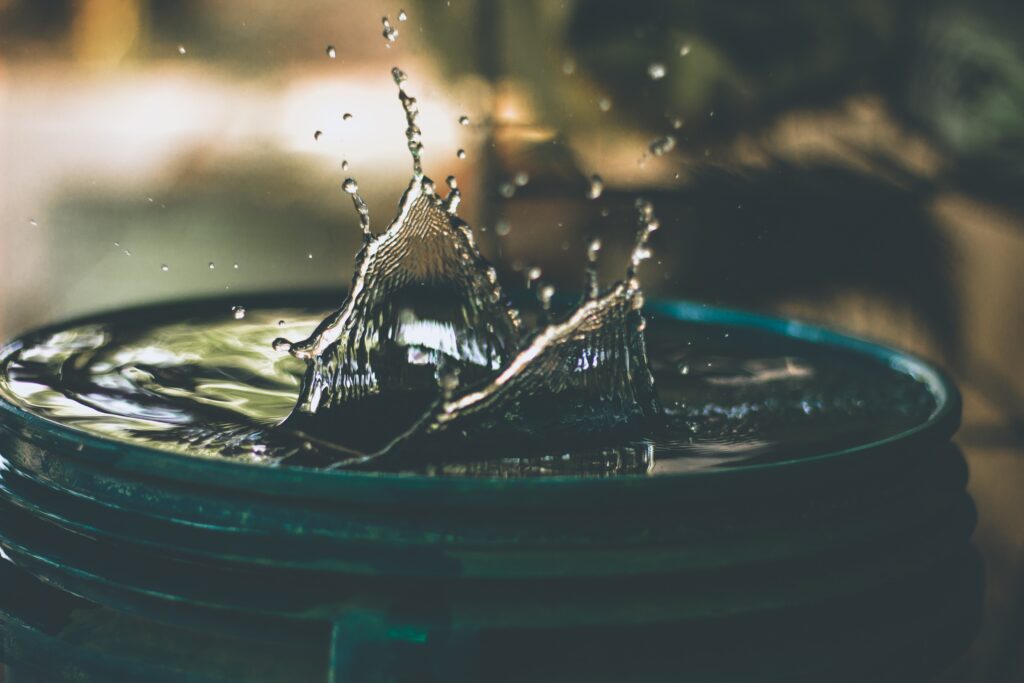
I’m always looking to collaborate and explore ideas with others in our filtration technology business. Happily, director of Oriental Manufacturers Jigar Patel, has offered this guest blog discussing differences between filtration and liquid solid centrifugation. I hope you enjoy Patel’s perspective:
Filtration and centrifugation are two distinct separation techniques used for isolating the required components from the mixture. The major difference between the techniques is the nature of the force employed and the separation method used. While filtration uses a sieve or filter media to strain undesired constituents, centrifugation leverages the power of the centrifugal force for the separation.
What is Filtration?
Filtration is a physical separation technique, by pressure, vacuum or gravity, used for segregating one or more components from a mixture for different applications. Depending on the application, the process may employ one or multiple metal perforated layers or filter mesh for solid-liquid separation.
What is Centrifugation?
Centrifugation is a process that employs a centrifugal force to separate the elements of the liquid slurry. The remaining liquid (supernatant) is then transferred from the centrifuge tube or removed without disturbing the precipitate. The precipitating particles left behind depend on the speed of the machine, the shape and size of the particles and their volume, viscosity, and density.
4 Major Differences between Filtration and Centrifugation
#1 Nature of Operation
- Filtration
Large particles in a mixture are unable to pass through the perforated layers of the filter. Yet fluids and small particles easily pass through the filter mesh under the pressure, vacuum, or gravitational force.
- Liquid Solid Centrifugation
The centrifugal machine forces the heavier solids to the bottom creating a firm cake. The lighter mixture that stays above the cake is then decanted.
#2 Separation Techniques
- Filtration
Filtration uses different techniques depending on the expected outcome which can be classified as pressure, vacuum, or gravitational.
- Centrifugation
Centrifugation techniques can be classified as micro-centrifuges, high-speed centrifuges and ultra-centrifugations. Microcentrifuge is typically used for research studies that require the processing of biological molecules in very small volumes. High-speed centrifugal machines are designed to handle bigger batches and are mainly used for processing industrial mixtures on a large scale. The ultra-centrifugation technique is used to study the properties of biological particles.
#3 Function
- Filtration
The main function of filtration is getting the desired output by eliminating impurities from any given liquid or isolating solids from a mixture.
- Centrifugation
The main purpose of centrifugation is fast, efficient separation of solids from a liquid solution or slurry.
#4 Efficiency
- Filtration
Simple filtration techniques take time separating the desired materials, which makes the separation method less efficient.
- Centrifugation
Centrifugation techniques employ machines that run with the aid of power, so the separation method is faster and more efficient.
Both filtration and centrifugation are solid-liquid separation techniques that use different equipment and have different applications.
My two cents: Deciding which one is best suited to your process will take work. No matter the process in question, engineers are well served by taking the time to gather the information, make their own comparisons, and then develop a process solution.
Thanks to Jigar Patel. The director of Oriental Manufacturers believes in the power of good functional designs and their ability to boost productivity and drive growth. Fueled by his passion for innovation and all things EPC, Jigar writes on topics related to process plant equipments, process machinery production, turnkey solutions, best industry practices, liquid solid centrifugation, and his personal insights!
Keep the sharing going — let me know what you want to write about in this spot next!

